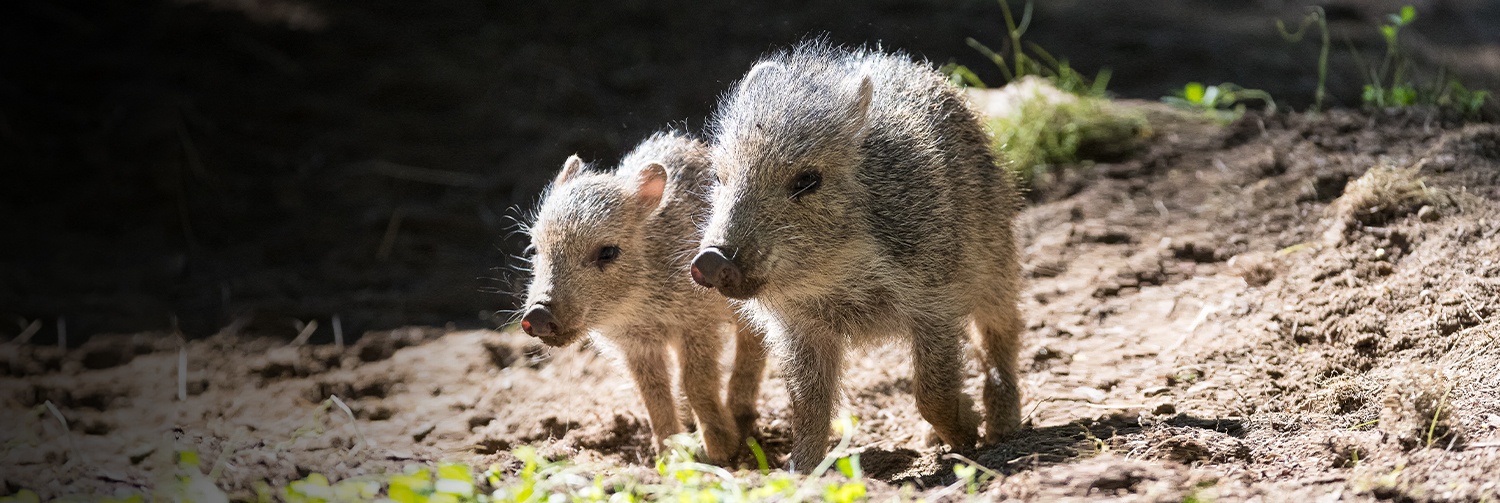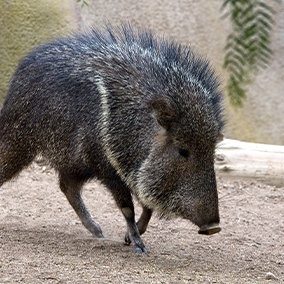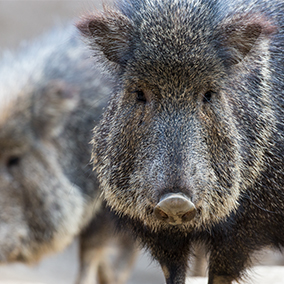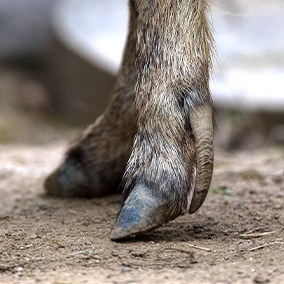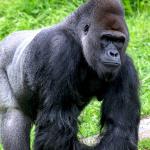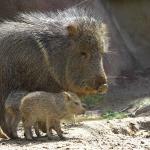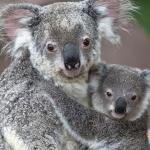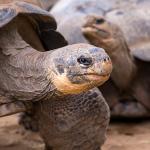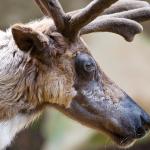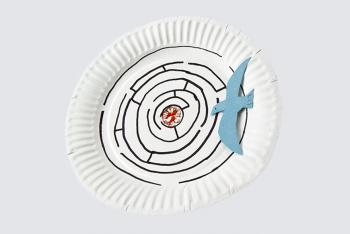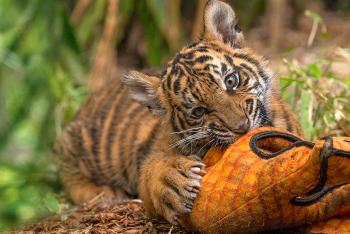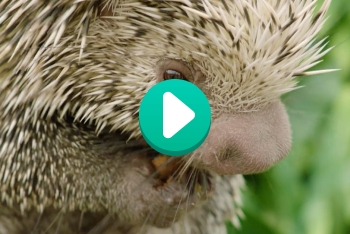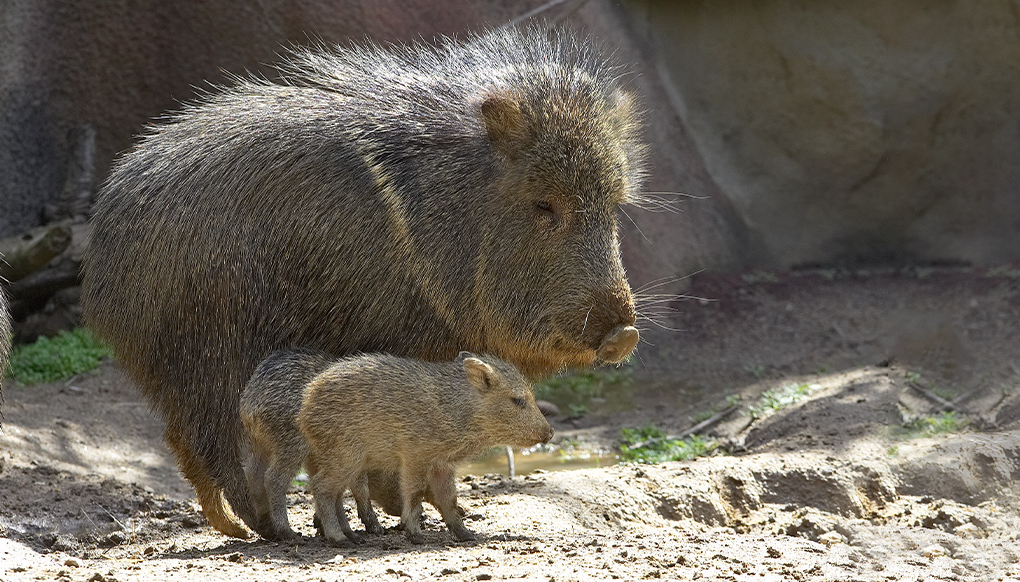
Peccary

Mammals


Endangered
facts

Peccaries eat all parts of plants, especially fruit, seeds, and roots. They sometimes munch on fungi, worms, grubs, small vertebrates, eggs, and carrion (remains of already-dead animals).

Some peccaries live in rainforests—but some live in deserts! Some live in grasslands or dry thorny scrub. In fact, peccaries have adapted to just about every kind of habitat.
description
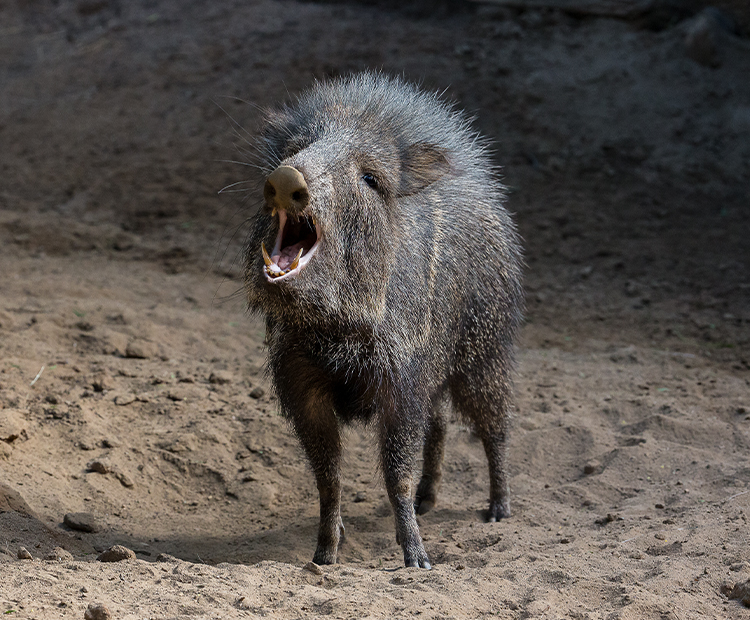
description
Don’t call me a pig!
Peccaries may look porky, but they aren’t pigs. These hoofed mammals are a separate scientific family (called the Tayassuidae). You wouldn’t want to get close enough to look inside their mouths, but if you did, you’d see that peccary tusks grow straight up and down. Pig tusks curve backward. You can also tell the difference by looking at their tail: if it’s hard to find, you’re looking at a peccary. If the tail has a tassel on the end, you’re looking at a pig. If the tail is curly, you’re looking at a domesticated (farm) pig.
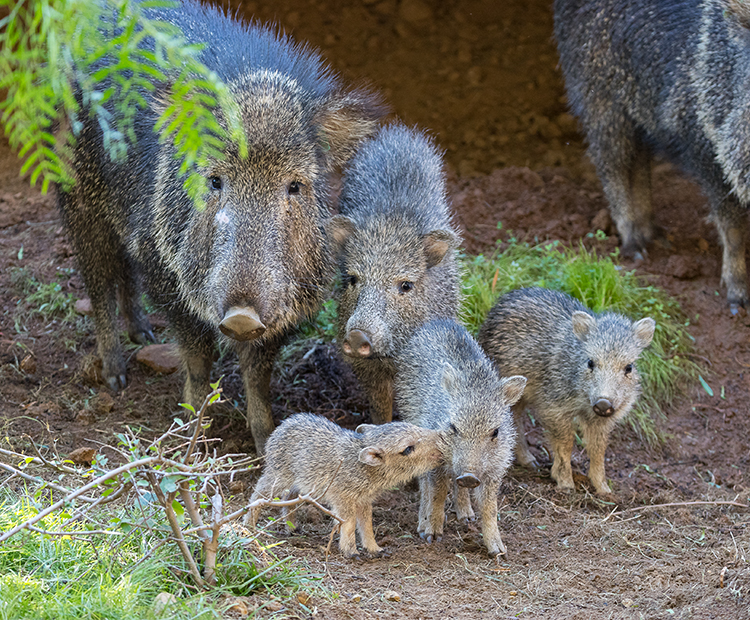
Made in America
There are three kinds of peccaries, and they all live in North and South America. The only one in the US is the collared peccary, also called the javelina. Collared peccaries live in just about every type of habitat, and they tend to eat whatever is most abundant there. For example, collared peccaries that live in tropical forests eat mostly fruit; those living in the desert eat lots of cactus.
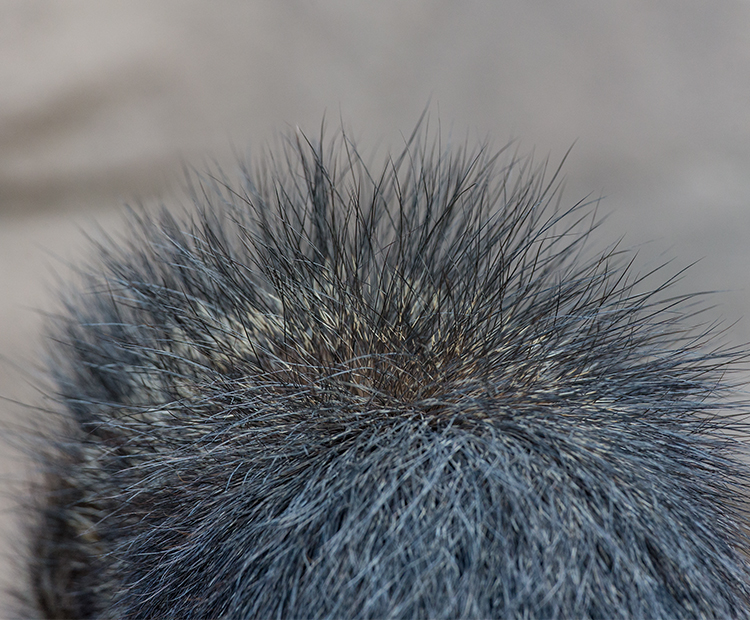
Growing their own food
Peccaries plant seeds, without even trying. They spit out some large seeds and trample them into the ground. Small seeds get pooped out, and some of them sprout. A third way they re-seed is by carrying around sticky or thorny seeds that attach to their wiry fur and fall off later.
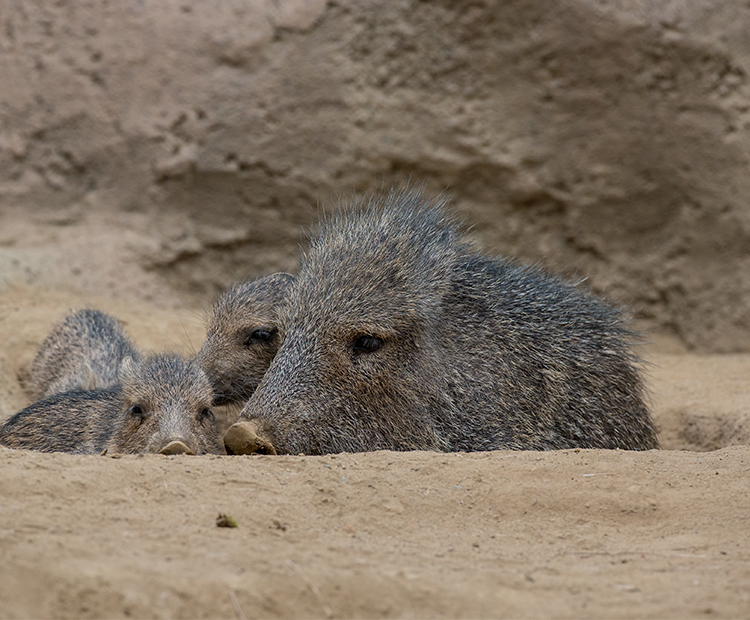
Popular hangouts
Peccaries create and use wallows (large mud holes). They are popular places—and not just for peccaries. Some of them hold water even when nearby ponds dry out. Peccary wallows become an important breeding habitats for many frog species.
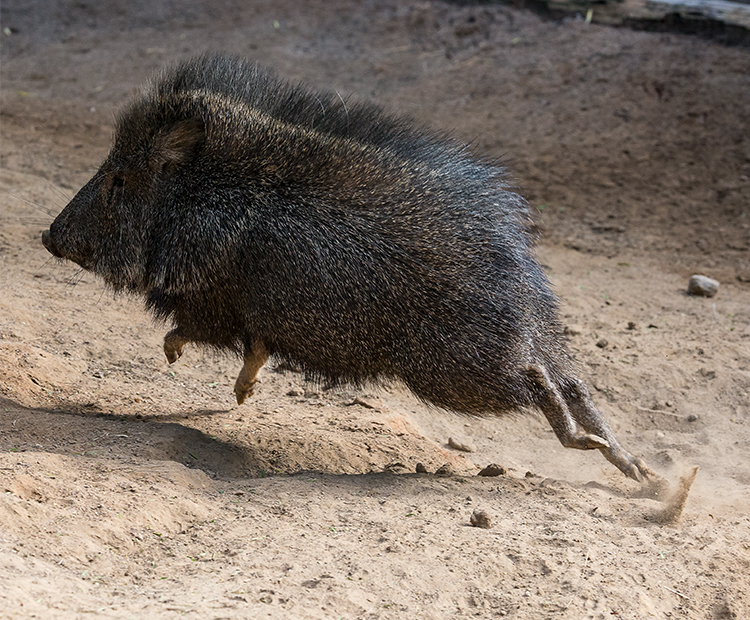
Growing up
A baby peccary looks like a miniature adult and can run around after its mother within a few hours of birth! A peccary herd includes both females and males of all ages. Youngsters often play while the adults are eating, moving, or resting. They are known for their frisky hopping behavior, leaping and running in circles. Juveniles sometimes play-bite and charge each other.
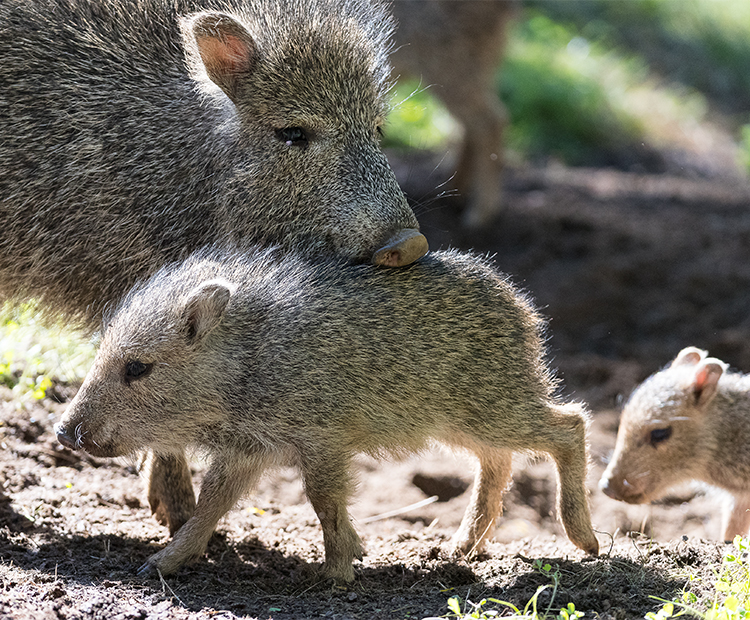
Conservation
In South America, the rare Chacoan peccary is Endangered, and the white-lipped peccary is Vulnerable. People hunt them illegally. Logging, agriculture, and pasture for livestock destroys their habitat. Most populations of collared peccaries are stable, but in some places, they face many of the same threats. The Zoo is one of 20 zoos in North America and 7 zoos in Europe that are working to increase the Chacoan peccary population. In fact, many of the Chacoan peccaries at the Zoo were born right here.

